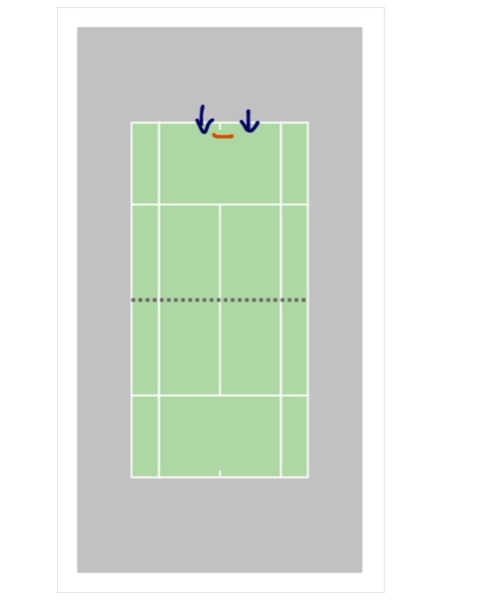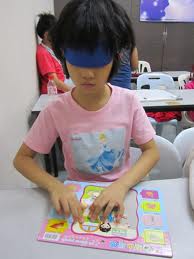Steal This Drill: Confusing The Feet
 Monday, June 18, 2012 at 03:26AM
Monday, June 18, 2012 at 03:26AM  CAtennis
CAtennis One of my goals as a coach is to confuse the feet and make it unpredictable like it were match. One way of accomplishing that is to feed the ball in a way (bounce ball) that makes them feel uncomfortable. Just like in a match, you don't know what is coming. Nobody knows, so you gotta be on alert. This drill forces you to be quick, ready to dance, ready to pounce on an unpredictable ball to the open court. The bounce ball off a live ball creates a heavy ball, one that is bouncing away from the player OR into the player- this requires impeccable footwork to hit a penetrating ball into the open court. In this drill I am rather tame, but you can ratchet up the intensity by feeding the first ball deep after she was short in the court, forcing her to move up and back more visciously. She must let the first ball drop.
A good way to know if you are training a softie (one who needs things to be perfect) is to whip out this drill. The softie wants to be fed out of the basket, talk about the technical ins and outs of the forehand follow through, as if that were the main issue. The tough cookies get up to the challenge, try to manhandle the ball before the spin takes a hold of them. Tennis is extremely unpredictable! The ball is never where you want it or expect it, so from a mental standpoint, this is a great drill. Different strokes for different folks, so the goal is to work on your footwork and be accurate with the ball, however that works for you. Coordination is a very personal thing.
This variation is called "One To Me, One Away." Be creative, you can have a player hit 10 balls in a row to you where you mix up bounce balls or regular volleys. Again, the theme is to confuse their feet, see if they can be speedy around the court, like a CountryWide Mortgage Officer closing a deal on a 26 year old with bad credit.




